This 3D-printed robotic arm could be the most advanced and most realistic yet.
Category: robotics/AI – Page 2,213
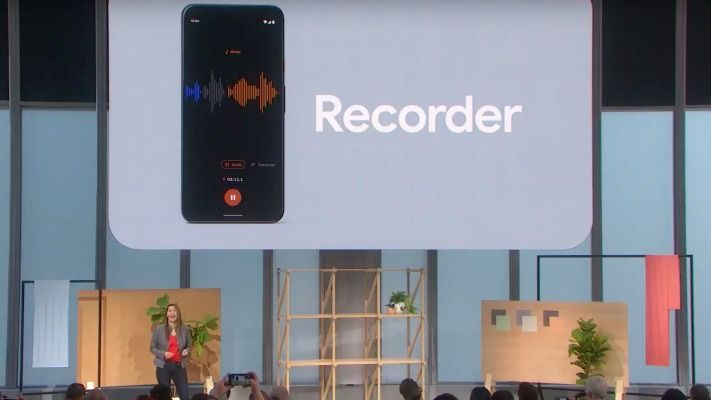
Google’s new voice recorder app transcribes in real time, even when offline
At Google’s hardware event this morning, the company introduced a new voice recorder app for Android devices, which will tap into advances in real-time speech processing, speech recognition and AI to automatically transcribe recordings in real time as the person is speaking. The improvements will allow users to take better advantage of the phone’s voice recording functionality, as it will be able to turn the recordings into text even when there’s no internet connectivity.
This presents a new competitor to others in voice transcriptions that are leveraging similar AI advances, like Otter.ai, Reason8, Trint and others, for example.
As Google explained, all the recorder functionality happens directly on the device — meaning you can use the phone while in airplane mode and still have accurate recordings.

Recovering ‘lost dimensions’ of images and video
MIT researchers have developed a model that recovers valuable data lost from images and video that have been “collapsed” into lower dimensions.
The model could be used to recreate video from motion-blurred images, or from new types of cameras that capture a person’s movement around corners but only as vague one-dimensional lines. While more testing is needed, the researchers think this approach could someday could be used to convert 2-D medical images into more informative—but more expensive—3D body scans, which could benefit medical imaging in poorer nations.
“In all these cases, the visual data has one dimension—in time or space—that’s completely lost,” says Guha Balakrishnan, a postdoc in the Computer Science and Artificial Intelligence Laboratory (CSAIL) and first author on a paper describing the model, which is being presented at next week’s International Conference on Computer Vision. “If we recover that lost dimension, it can have a lot of important applications.”
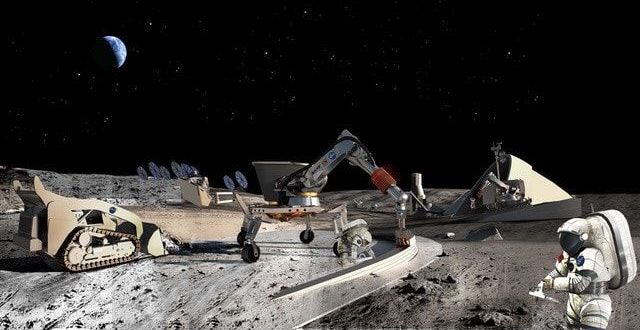
Caterpillar’s autonomous vehicles may be used by NASA to mine the moon and build a lunar base
Caterpillar has been synonymous with big, heavy equipment — for farming, construction and mining — since Holt Manufacturing and C. L. Best Tractor merged in 1925 to form the Peoria, Illinois-based company. Over the years, tons of innovation have been built into the iconic yellow products, too, from the Model 20 Track-Type Tractor introduced in 1927 to the ginormous engines that helped power the Apollo 11 mission to the moon 50 years ago.
Coincidentally, one of Cat’s latest breakthroughs is self-driving, or autonomous, and remote-controlled mining equipment, which could very well find itself on the moon when NASA is scheduled to return to the lunar surface in 2024, with plans to build a permanent base near the orb’s south pole, part of the Artemis program.
Just as on terrestrial sites, Caterpillar fully or semi-autonomous bulldozers, graders, loaders and dump trucks could be utilized to build roads, housing and other infrastructure. Operator-less drilling and digging machines might mine water, oxygen-rich rocks and moon dust for use in 3D printing of various materials.
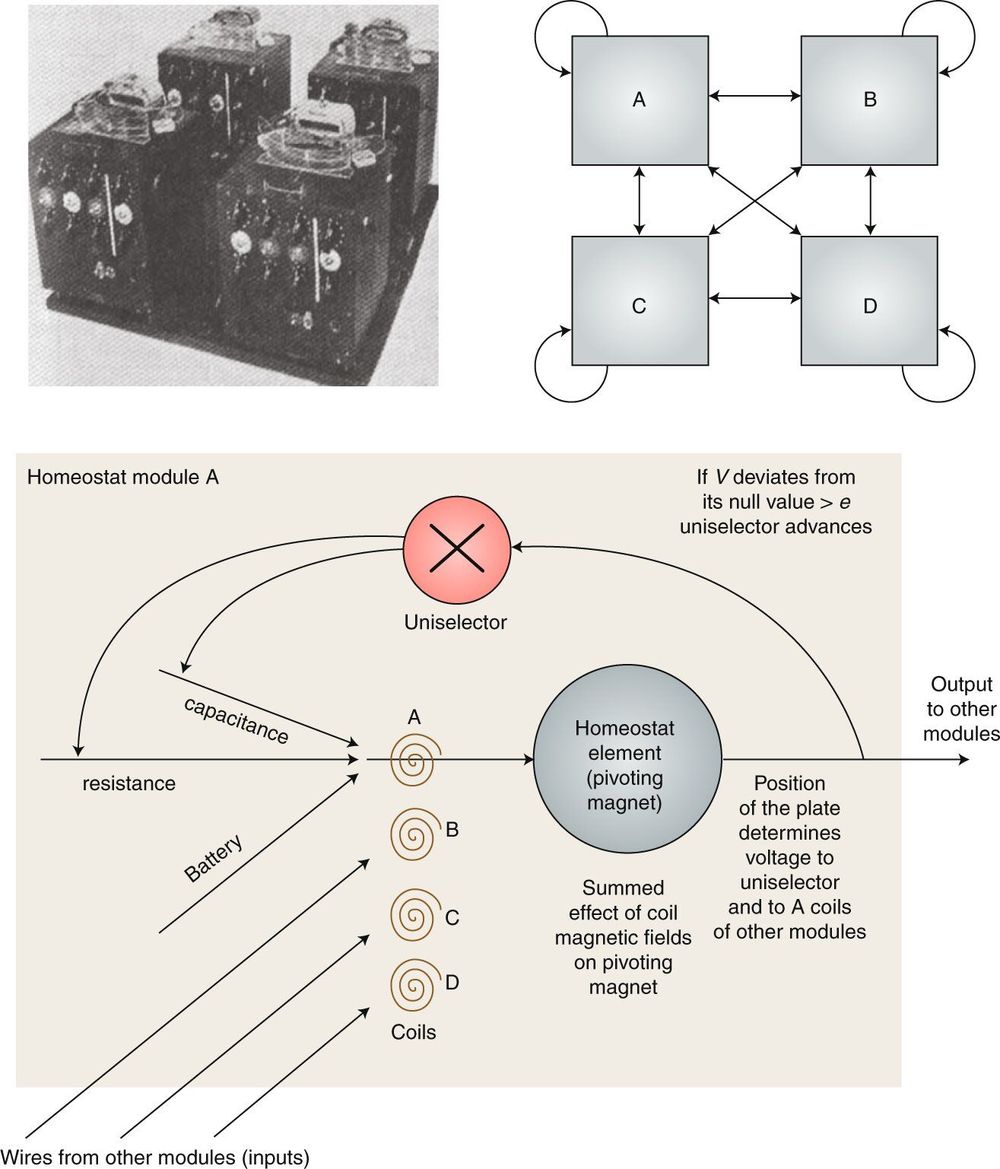
Could AI’s next chapter bring design of feeling machines?
Could robots with feelings be the next step in AI? A research paper discusses an interesting approach to robot design. It is titled “Homeostasis and soft robotics in the design of feeling machines” in Nature Machine Intelligence.
No need to see the robot as an enemy just because it takes on a robotic version of human feelings; the train of thought that the authors take is a distance away from fear and trembling by some futurists who ponder robots turning against their masters in an upside-down switch of master-servant roles.
Rather, Kingson Man and Antonio Damasio, the authors, choose to focus on machines acquiring homeostasis. Man and Damasio are with the Brain and Creativity Institute, University of Southern California, Los Angeles.
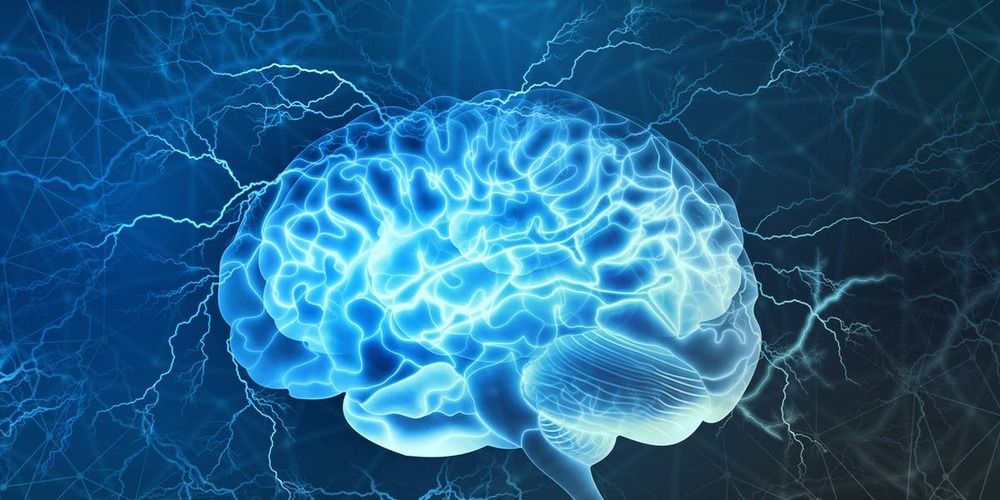
Elon Musk says Neuralink could bring A.I. ‘superintelligence’ to the brain
Beyond cortical and limbic systems, the company Neuralink could add a third layer of digital superintelligence to humans and avoid artificial intelligence enslavement, its founder Elon Musk claimed Tuesday. The brain-computer linkup firm is working to treat medical conditions using its implanted chip as early as next year, but during a podcast appearance, Musk reiterated his belief that the technology could avoid some of the worst consequences of advanced machines.
“It’s important that Neuralink solves this problem sooner rather than later, because the point at which we have digital superintelligence, that’s when we pass the singularity and things become just very uncertain,” Musk said during an interview with MIT professor Lex Fridman.
Musk was keen to note that the singularity, a hypothesized point where machines grow so advanced that humanity slips into an irreversible change, may not necessarily be good or bad. He did state, however, that “things become extremely unstable” after that point, which means Neuralink would need to achieve its human-brain linkup either before or not long after “to minimize the existential risk for humanity and consciousness as we know it.”
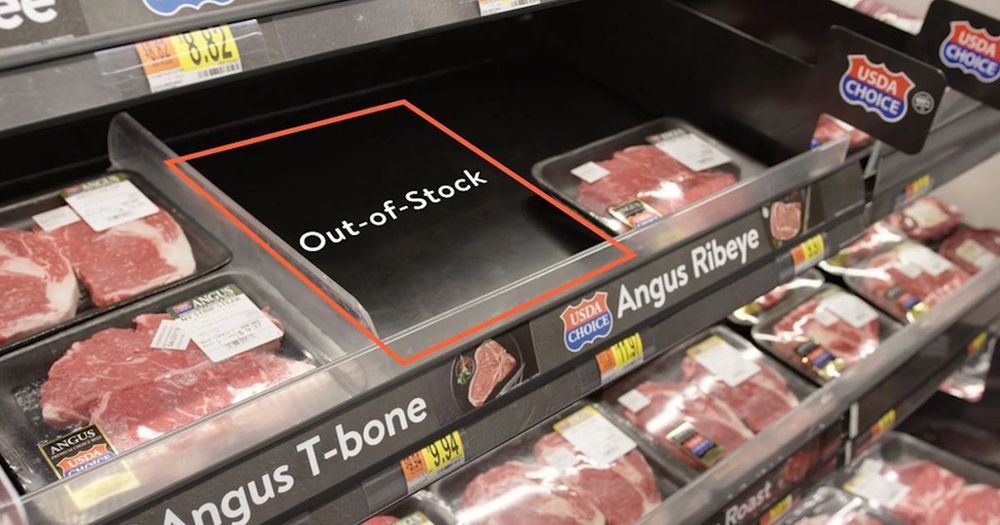
This futuristic grocery store uses AI to notify employees when items run out
Walmart has transformed an ordinary grocery store into a 50,000-square-foot AI lab that tests new retail technologies in a real-world setting. The Intelligent Retail Lab is located in Levittown, New York, and is equipped with AI-powered sensors that keep track of the inventory and the freshness of the produce.
The High-Tech Vertical Farmer
In the kale-filled facility at vertical farm startup Bowery Farming, it’s a piece of proprietary software that makes most of the critical decisions — like when to harvest and how much to water each plant. But it still takes humans to carry out many tasks around the farm. Katie Morich, 25, loves the work. But as roboticists make gains, will her employer need her forever? This is the fourth episode of Next Jobs, a series about careers of the future hosted by Bloomberg Technology’s Aki Ito.
Host, Producer: Aki Ito
Camera: Alan Jeffries, Brian Schildhorn
Co-Producer: David Nicholson
Editor: Victoria Daniell
Writers: Aki Ito and Victoria Daniell.
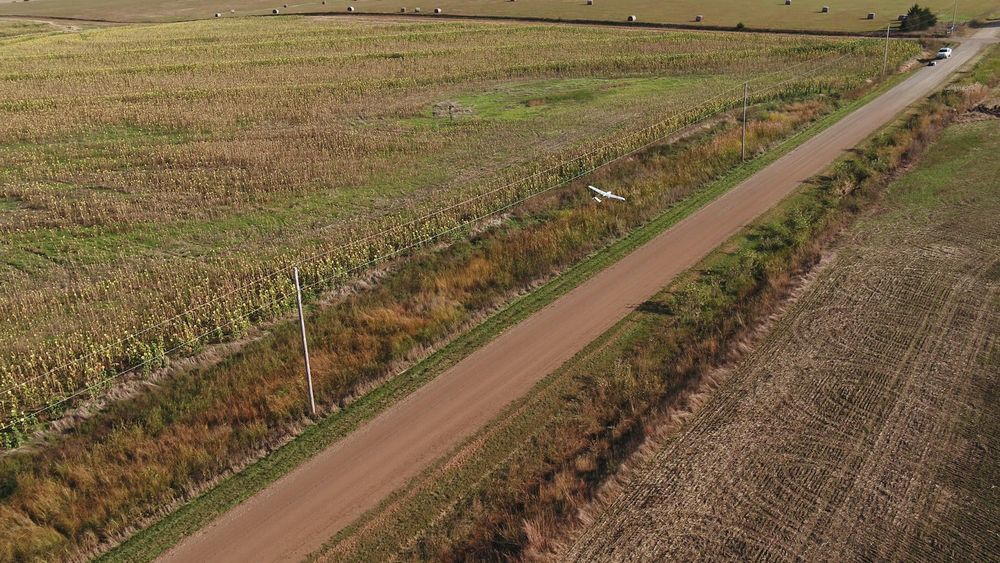
The factory of the future?
Ocado, a British online-grocery company, is using air-traffic-control systems and AI technology to co-ordinate 700 factory robots. Its use of technology has made it a challenger to Amazon’s grocery-delivery business https://econ.st/2oTjzAG